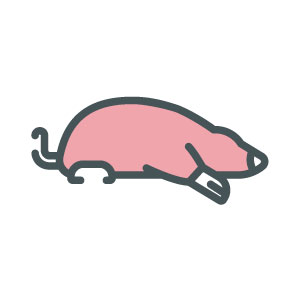Mole Treatment &
Removal Experts
All treatments come with a guarantee and an expert mole removal specialist.
Same day callouts available today!
Same day callouts available today!
April 28, 2024
Email us to book an appointment
Moles
We Specialise in Mole Removal & Treatment
Our very highly skilled technicians keep to traditional methods of mole trapping with 100% clearance record. We charge a single fee for Domestic mole control, this covers upto 5 visits with a 2 week GUARANTEE from when the final visit is made. For commercial and Agricultural please call to find out the options. Our customers are very happy the way we charge due to there being NO hidden charges.
Please avoid the NO MOLE NO FEE WITH NO GUARANTEE this is an open cheque book.
Do you have a problem with Mole hills?

Step 1
You can either call us on
0800 592011 or fill out our simple contact form.

Step 2
One of our pest control experts will call you or reply via email to arrange the appointment instantly.

Step 3
ASW'S technician will carry out the required visits and we will be at the end of the phone if you need us.
Information
(Talpa europaea)
As solitary creatures most of the year round, you’ll be very lucky to see a mole.
They rarely come above ground, but the evidence of the activity of a solitary mole can spread far and wide as a mole tunnel system can cover 100 – 1000 square metres.
Moles create extensive networks of permanent and feeding tunnels, so that’s when you’ll most likely notice the effects of moles on your property.

Appearance
- 15cm in length. 75–130g in weight.
- Slate–grey ‘velvety’ fur.
- Short palm–like front feet used for digging. Also known as common or northern mole.
Habits
- Feeds on earthworms, insect larvae and slugs.
- Present on most ground below an altitude of 1000m. Disfigures lawns with hills, damages farm machinery, e.g. combine harvesters, by throwing up stones.
- Livestock may injure their legs in mole tunnels.
- Solitary apart from breeding season, February to June.
Life Cycle
- Pregnancy lasts around 4 weeks
- 1 litter per year with 3–4 young
- Young weaned and leave the nest circa 5 weeks old
- Average lifespan of around 6 years in the wild
Control Methods
- Trapping






